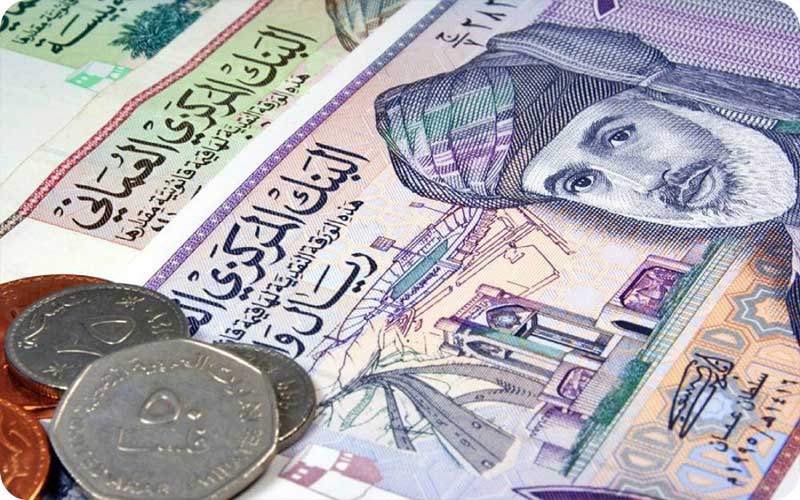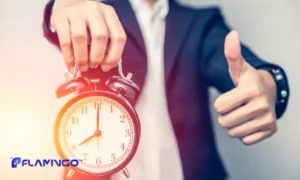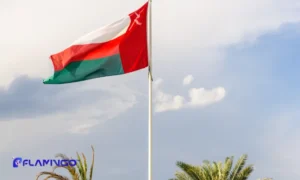Introduction
Oman, with its rich cultural heritage and ancient history, has always played a significant role in the economic and commercial developments of the Persian Gulf region. Exploring the history of money in Oman not only reflects the country’s economic growth but also sheds light on its political and social transformations. This article reviews the evolution of currency in Oman, from ancient times to the modern era.
1. Pre-Islamic Era: Bartering Instead of Money
In ancient times, before the concept of modern currency emerged, the people of Oman relied on barter to meet their needs and conduct trade. Items like sea shells, handwoven fabrics, salt, and gold were used as mediums of exchange. Oman’s strategic location along the Persian Gulf made it a vital center for trade between the great civilizations of India and Persia, with maritime commerce playing a crucial role.
2. Islamic Era: Introduction of Islamic Coins
With the spread of Islam in the 7th century AD, Oman’s monetary system underwent significant changes. Islamic coins, such as the Umayyad gold dinar and the Abbasid silver dirham, became the main currencies used in trade. This period marked the expansion of Oman’s economic and cultural relations with other Islamic regions, boosting its maritime trade.
3. Middle Ages: Expansion of Trade and Currency Diversity
During the Middle Ages, Oman became a vital commercial hub connecting the East and West. Various coins, including Abbasid, Persian, Indian, and even Chinese coins, circulated widely in Oman. This diversity highlighted Oman’s prominent role in the global trade network of that time.
4. The Portuguese Occupation (16th and 17th Centuries)
In 1507, the Portuguese occupied the strategic port of Muscat, maintaining control over parts of Oman until 1650. During this period, Portuguese coins such as the Cruzado were introduced into Oman’s markets. However, the Omanis eventually expelled the Portuguese and regained their independence, resuming free trade.
5. The Al Busaid Dynasty and Monetary Independence (From 1744 Onwards)
With the establishment of the Al Busaid dynasty in 1744, Oman emerged as an independent regional power. Gold and silver coins were minted locally during this period, while foreign coins such as Ottoman and British currency also remained in circulation. This era was a turning point in solidifying Oman’s economic identity.
6. The Era of the East India Company Rupee and the Gulf Rupee
In the 19th and early 20th centuries, Oman developed close trade relations with India and Britain. As a result, the East India Company Rupee and later the Gulf Rupee became widely used in the country. This situation continued until the early 1970s.
7. The Birth of the Omani Rial and Monetary Independence
One of the most significant economic developments of the 20th century was Oman’s introduction of its national currency. With the rise of Sultan Qaboos in 1970, Oman officially broke away from foreign currencies. In 1973, the Omani Rial was introduced, subdivided into 1,000 baisa. Today, the Omani Rial is one of the strongest and most valuable currencies in the world, reflecting the country’s economic stability.
8. Currency Design and Security Features
Omani banknotes and coins feature unique designs that reflect the nation’s history, culture, and identity. Notable symbols such as Nizwa Fort, the Sultan Qaboos Grand Mosque, and traditional dhow ships are prominently featured. Additionally, advanced security features have been incorporated to prevent counterfeiting.
9. The Role of the Central Bank of Oman (CBO)
Established in 1974, the Central Bank of Oman plays a vital role in managing the nation’s monetary policies and ensuring economic stability. It is responsible for issuing the national currency and implementing financial regulations. In recent years, the CBO has focused on digitalizing financial services and enhancing financial security.
10. Current Status and Future Outlook
Today, the Omani Rial remains one of the most valuable currencies globally, and Oman is recognized for its stable and resilient economy. The Central Bank of Oman is actively exploring the possibility of launching a national digital currency, positioning the country at the forefront of financial innovation.
Conclusion
The history of money in Oman reflects its journey from traditional barter systems to a modern, stable economy. Through the introduction of its national currency and efforts to embrace financial technologies, Oman continues to strengthen its position as a key economic power in the region. Looking ahead, the country is committed to leveraging modern financial innovations to ensure continued growth and prosperity.







